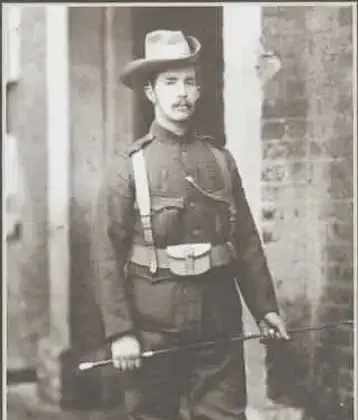On November 18, 1785 in Celtic History
Sir david wilkie who later became a well known painter of historical and religious works as well as portraits, was born near pitlessie, fife

Sir David Wilkie RA (18 November 1785 – 1 June 1841) was a Scottish painter, especially known for his genre scenes. He painted successfully in a wide variety of genres, including historical scenes, portraits, including formal royal ones, and scenes from his travels to Europe and the Middle East. His main base was in London, but he died and was buried at sea, off Gibraltar, returning from his first trip to the Middle East. He was sometimes known as the “people’s painter”.
He was Principal Painter in Ordinary to King William IV and Queen Victoria.
Apart from royal portraits, his best-known painting today is probably The Chelsea Pensioners reading the Waterloo Dispatch of 1822 in Apsley House.
Sir David Wilkie, the renowned Scottish painter, was indeed born near Pitlessie, Fife, Scotland. He was born on November 18, 1785. Wilkie became one of the leading artists of the early 19th century, known for his genre paintings, historical and religious works, as well as portraits.
Birth: Born on November 18, 1785, in the parish of Cults near Pitlessie, Fife, Scotland.
Artistic Education: Wilkie studied at the Trustees’ Academy in Edinburgh and later at the Royal Academy in London. His talent quickly gained recognition.
Genre Paintings: Wilkie’s early success came with his genre paintings, which depicted scenes from everyday life. Notable examples include “The Village Politicians” and “The Blind Fiddler.”
Royal Academy Success: Wilkie became an Associate of the Royal Academy in 1809 and a full Academician in 1811. He gained royal patronage and painted portraits of King George IV.
Historical and Religious Works: In addition to genre scenes and portraits, Wilkie produced historical and religious works, such as “The Penny Wedding” and “The Chelsea Pensioners Reading the Waterloo Dispatch.”
International Recognition: Wilkie’s reputation extended beyond Britain, and he received acclaim in Europe, particularly in France and Spain.
Sir David Wilkie’s contributions to the art world made him a celebrated figure of his time. His works, characterized by detailed observation and narrative storytelling, left a lasting impact on the development of 19th-century British painting.
More From This Day




